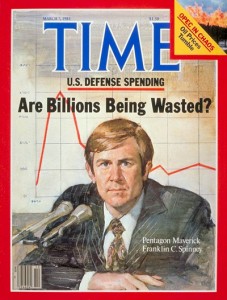
The author of this long but very useful historical analysis on the history of Libya is also the author of Violent Politics: A History of Insurgency, Terrorism, and Guerrilla War, from the American Revolution to Iraq, one of the very best books I have ever read on the subject of guerrilla warfare.
Whence Libya? Why Libya? Whither Libya?
William R. Polk, March 31, 2011
Since the Libyan regime was established by a coup d’état in 1969, Americans and Europeans — with a three-year intermission from 1986 to 1988 — found it acceptable enough to recognize it, sell it arms and buy its petroleum. In that one interval, on April 15, 1986, the American government under President Ronald Reagan attempted to kill Colonel Muammar Qaddafi by bombing his residence and did wound his wife and kill about 75 Libyans including his adopted daughter. Two years later, Qaddafi retaliated by bombing an American airliner. That attack killed 270 people including 190 Americans among whom were at least four intelligence officers. These were just the major events; there were many others. Of course, Americans and Libyans took very different views of them. But both sides eventually smoothed over their angers, and relations again became profitable and “correct” on both sides, as they remained until early this year.
So, what is the basis of those attitudes and the causes of those actions? Who are the Libyans anyway? And what is the position of Qaddafi among them? What motivates the Libyans? What governs their action? And what is likely to be the outcome of the revolt, the regime’s resistance to it and the Western intervention?
With the prejudice of a historian, I find that seeking answers to these questions requires at least a glance at the past. That is the aim of this essay.



